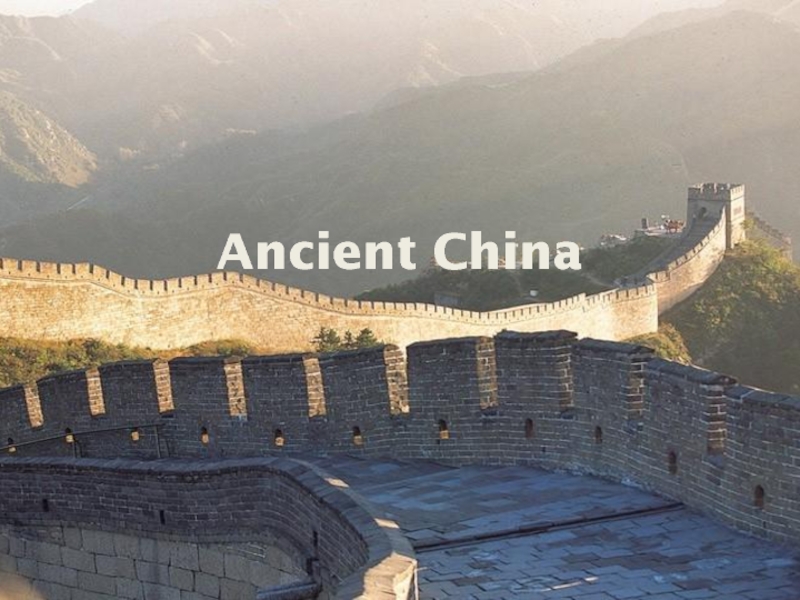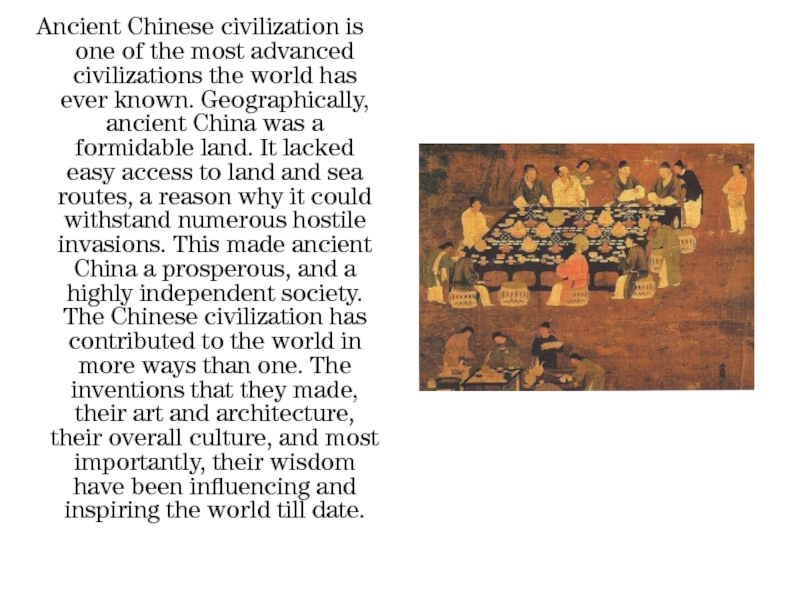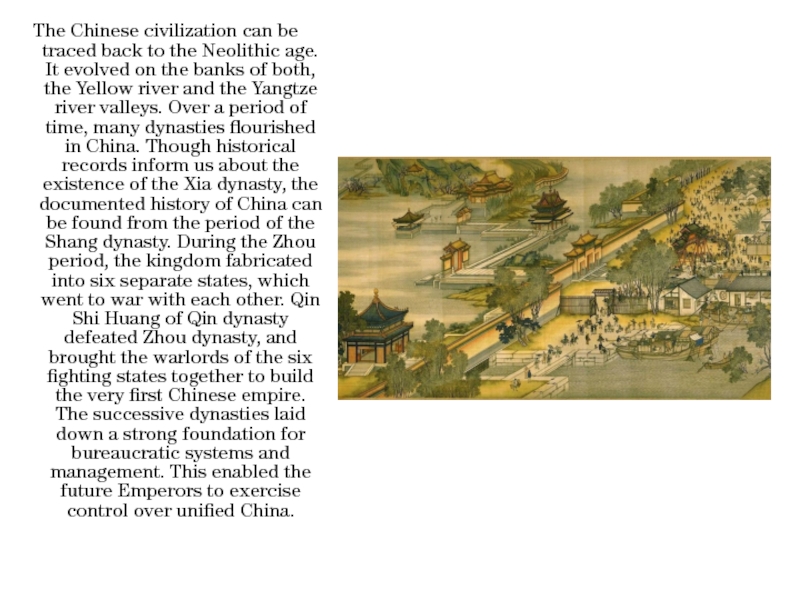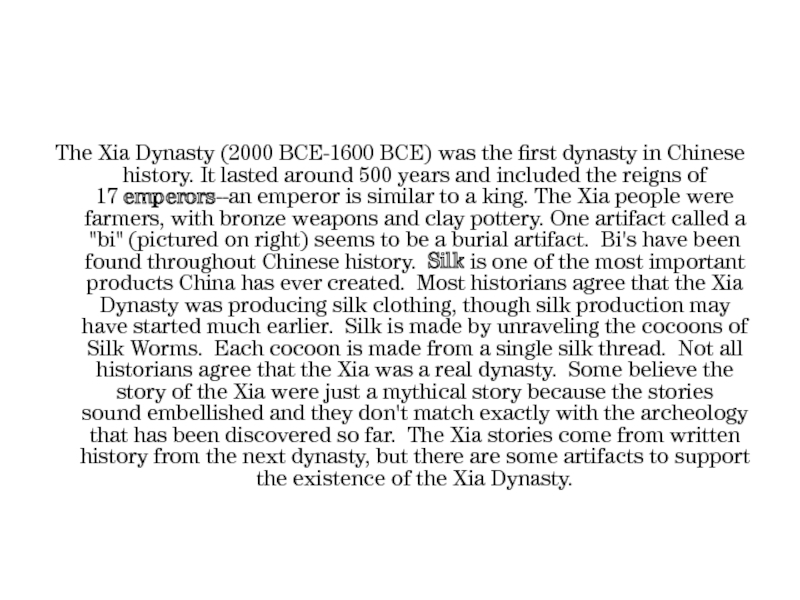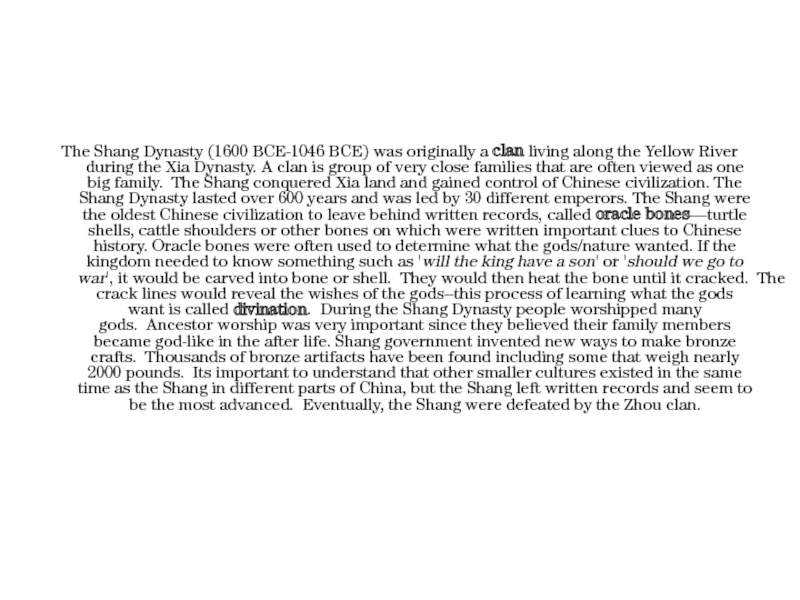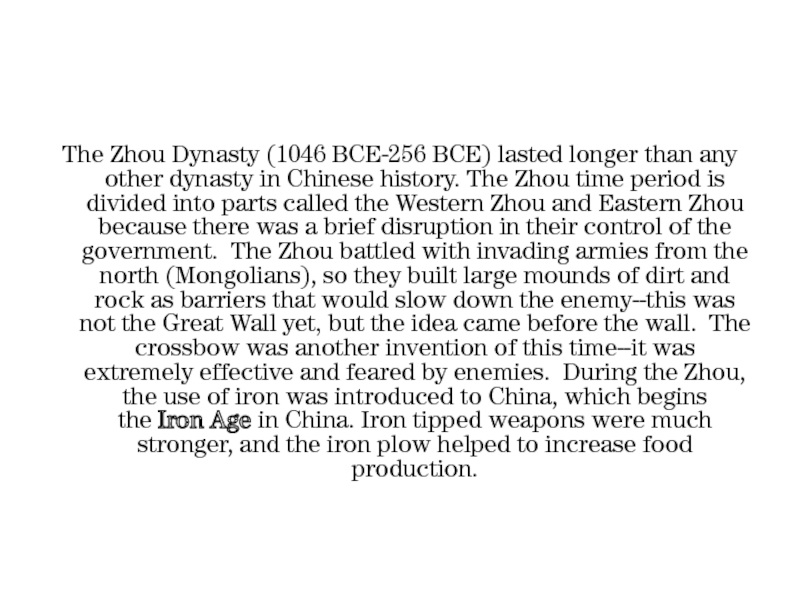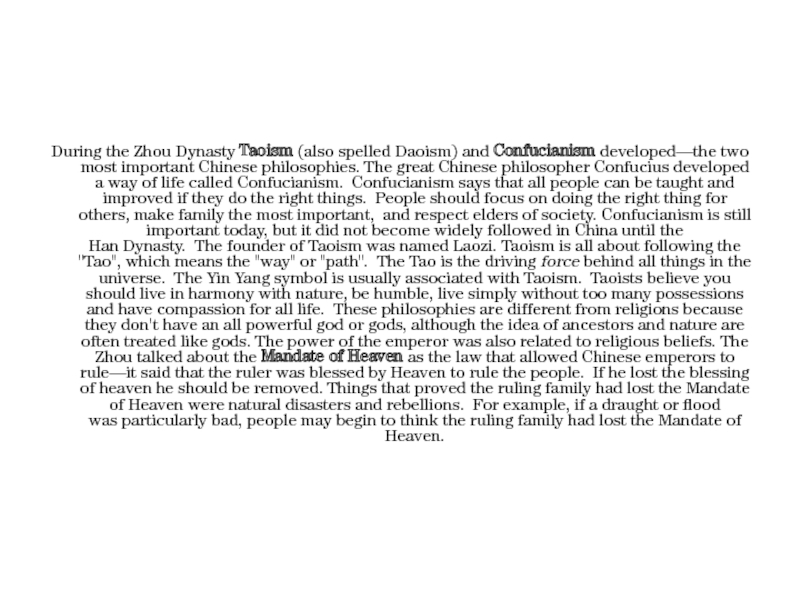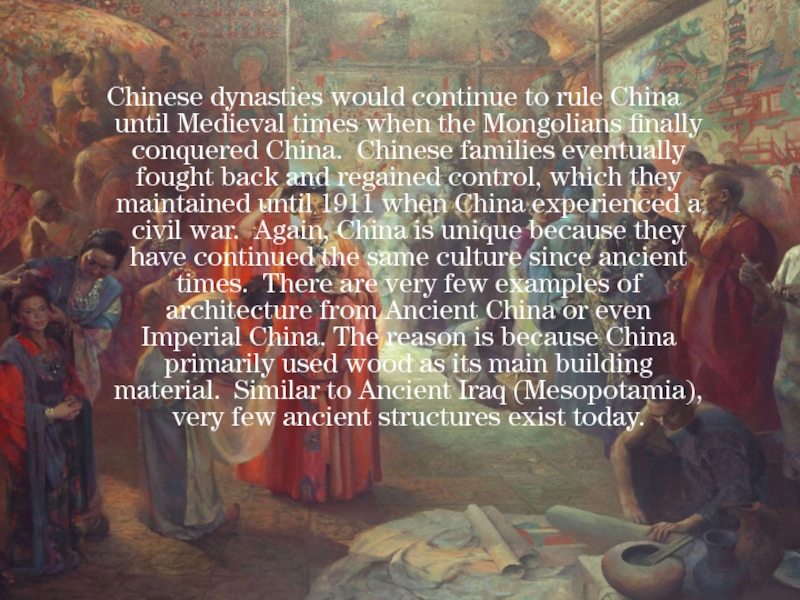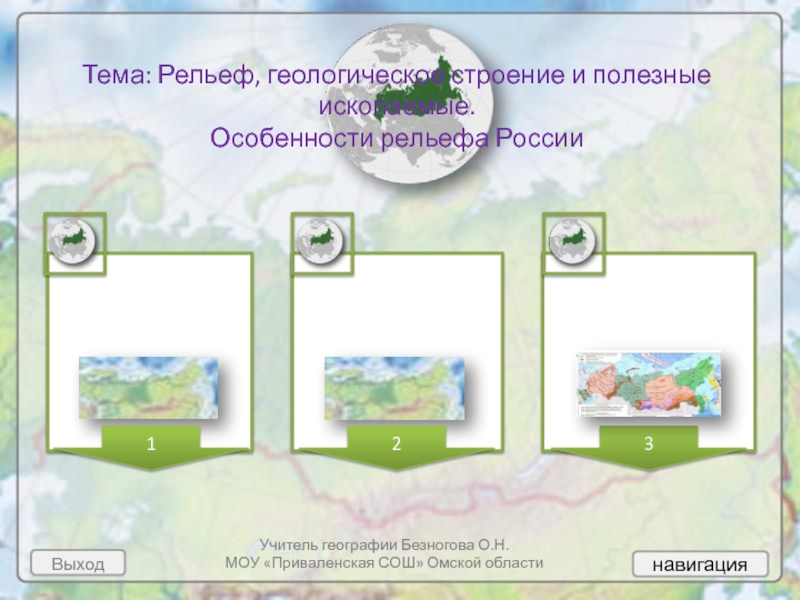- Главная
- Разное
- Дизайн
- Бизнес и предпринимательство
- Аналитика
- Образование
- Развлечения
- Красота и здоровье
- Финансы
- Государство
- Путешествия
- Спорт
- Недвижимость
- Армия
- Графика
- Культурология
- Еда и кулинария
- Лингвистика
- Английский язык
- Астрономия
- Алгебра
- Биология
- География
- Детские презентации
- Информатика
- История
- Литература
- Маркетинг
- Математика
- Медицина
- Менеджмент
- Музыка
- МХК
- Немецкий язык
- ОБЖ
- Обществознание
- Окружающий мир
- Педагогика
- Русский язык
- Технология
- Физика
- Философия
- Химия
- Шаблоны, картинки для презентаций
- Экология
- Экономика
- Юриспруденция
Ancient China презентация
Содержание
- 1. Ancient China
- 2. Ancient Chinese civilization is one of the
- 3. The Chinese civilization can be traced back
- 4. The Xia Dynasty (2000 BCE-1600 BCE) was the
- 5. The Shang Dynasty (1600 BCE-1046 BCE) was originally
- 6. The Zhou Dynasty (1046 BCE-256 BCE) lasted longer than
- 7. During the Zhou Dynasty Taoism (also spelled Daoism) and Confucianism developed—the
- 8. Chinese dynasties would continue to rule China
Слайд 2Ancient Chinese civilization is one of the most advanced civilizations the
world has ever known. Geographically, ancient China was a formidable land. It lacked easy access to land and sea routes, a reason why it could withstand numerous hostile invasions. This made ancient China a prosperous, and a highly independent society. The Chinese civilization has contributed to the world in more ways than one. The inventions that they made, their art and architecture, their overall culture, and most importantly, their wisdom have been influencing and inspiring the world till date.
Слайд 3The Chinese civilization can be traced back to the Neolithic age.
It evolved on the banks of both, the Yellow river and the Yangtze river valleys. Over a period of time, many dynasties flourished in China. Though historical records inform us about the existence of the Xia dynasty, the documented history of China can be found from the period of the Shang dynasty. During the Zhou period, the kingdom fabricated into six separate states, which went to war with each other. Qin Shi Huang of Qin dynasty defeated Zhou dynasty, and brought the warlords of the six fighting states together to build the very first Chinese empire. The successive dynasties laid down a strong foundation for bureaucratic systems and management. This enabled the future Emperors to exercise control over unified China.
Слайд 4The Xia Dynasty (2000 BCE-1600 BCE) was the first dynasty in Chinese
history. It lasted around 500 years and included the reigns of 17 emperors--an emperor is similar to a king. The Xia people were farmers, with bronze weapons and clay pottery. One artifact called a "bi" (pictured on right) seems to be a burial artifact. Bi's have been found throughout Chinese history. Silk is one of the most important products China has ever created. Most historians agree that the Xia Dynasty was producing silk clothing, though silk production may have started much earlier. Silk is made by unraveling the cocoons of Silk Worms. Each cocoon is made from a single silk thread. Not all historians agree that the Xia was a real dynasty. Some believe the story of the Xia were just a mythical story because the stories sound embellished and they don't match exactly with the archeology that has been discovered so far. The Xia stories come from written history from the next dynasty, but there are some artifacts to support the existence of the Xia Dynasty.
Слайд 5The Shang Dynasty (1600 BCE-1046 BCE) was originally a clan living along the Yellow
River during the Xia Dynasty. A clan is group of very close families that are often viewed as one big family. The Shang conquered Xia land and gained control of Chinese civilization. The Shang Dynasty lasted over 600 years and was led by 30 different emperors. The Shang were the oldest Chinese civilization to leave behind written records, called oracle bones—turtle shells, cattle shoulders or other bones on which were written important clues to Chinese history. Oracle bones were often used to determine what the gods/nature wanted. If the kingdom needed to know something such as 'will the king have a son' or 'should we go to war', it would be carved into bone or shell. They would then heat the bone until it cracked. The crack lines would reveal the wishes of the gods--this process of learning what the gods want is called divination. During the Shang Dynasty people worshipped many gods. Ancestor worship was very important since they believed their family members became god-like in the after life. Shang government invented new ways to make bronze crafts. Thousands of bronze artifacts have been found including some that weigh nearly 2000 pounds. Its important to understand that other smaller cultures existed in the same time as the Shang in different parts of China, but the Shang left written records and seem to be the most advanced. Eventually, the Shang were defeated by the Zhou clan.
Слайд 6The Zhou Dynasty (1046 BCE-256 BCE) lasted longer than any other dynasty in
Chinese history. The Zhou time period is divided into parts called the Western Zhou and Eastern Zhou because there was a brief disruption in their control of the government. The Zhou battled with invading armies from the north (Mongolians), so they built large mounds of dirt and rock as barriers that would slow down the enemy--this was not the Great Wall yet, but the idea came before the wall. The crossbow was another invention of this time--it was extremely effective and feared by enemies. During the Zhou, the use of iron was introduced to China, which begins the Iron Age in China. Iron tipped weapons were much stronger, and the iron plow helped to increase food production.
Слайд 7During the Zhou Dynasty Taoism (also spelled Daoism) and Confucianism developed—the two most important Chinese
philosophies. The great Chinese philosopher Confucius developed a way of life called Confucianism. Confucianism says that all people can be taught and improved if they do the right things. People should focus on doing the right thing for others, make family the most important, and respect elders of society. Confucianism is still important today, but it did not become widely followed in China until the Han Dynasty. The founder of Taoism was named Laozi. Taoism is all about following the "Tao", which means the "way" or "path". The Tao is the driving force behind all things in the universe. The Yin Yang symbol is usually associated with Taoism. Taoists believe you should live in harmony with nature, be humble, live simply without too many possessions and have compassion for all life. These philosophies are different from religions because they don't have an all powerful god or gods, although the idea of ancestors and nature are often treated like gods. The power of the emperor was also related to religious beliefs. The Zhou talked about the Mandate of Heaven as the law that allowed Chinese emperors to rule—it said that the ruler was blessed by Heaven to rule the people. If he lost the blessing of heaven he should be removed. Things that proved the ruling family had lost the Mandate of Heaven were natural disasters and rebellions. For example, if a draught or flood was particularly bad, people may begin to think the ruling family had lost the Mandate of Heaven.
Слайд 8Chinese dynasties would continue to rule China until Medieval times when
the Mongolians finally conquered China. Chinese families eventually fought back and regained control, which they maintained until 1911 when China experienced a civil war. Again, China is unique because they have continued the same culture since ancient times. There are very few examples of architecture from Ancient China or even Imperial China. The reason is because China primarily used wood as its main building material. Similar to Ancient Iraq (Mesopotamia), very few ancient structures exist today.
